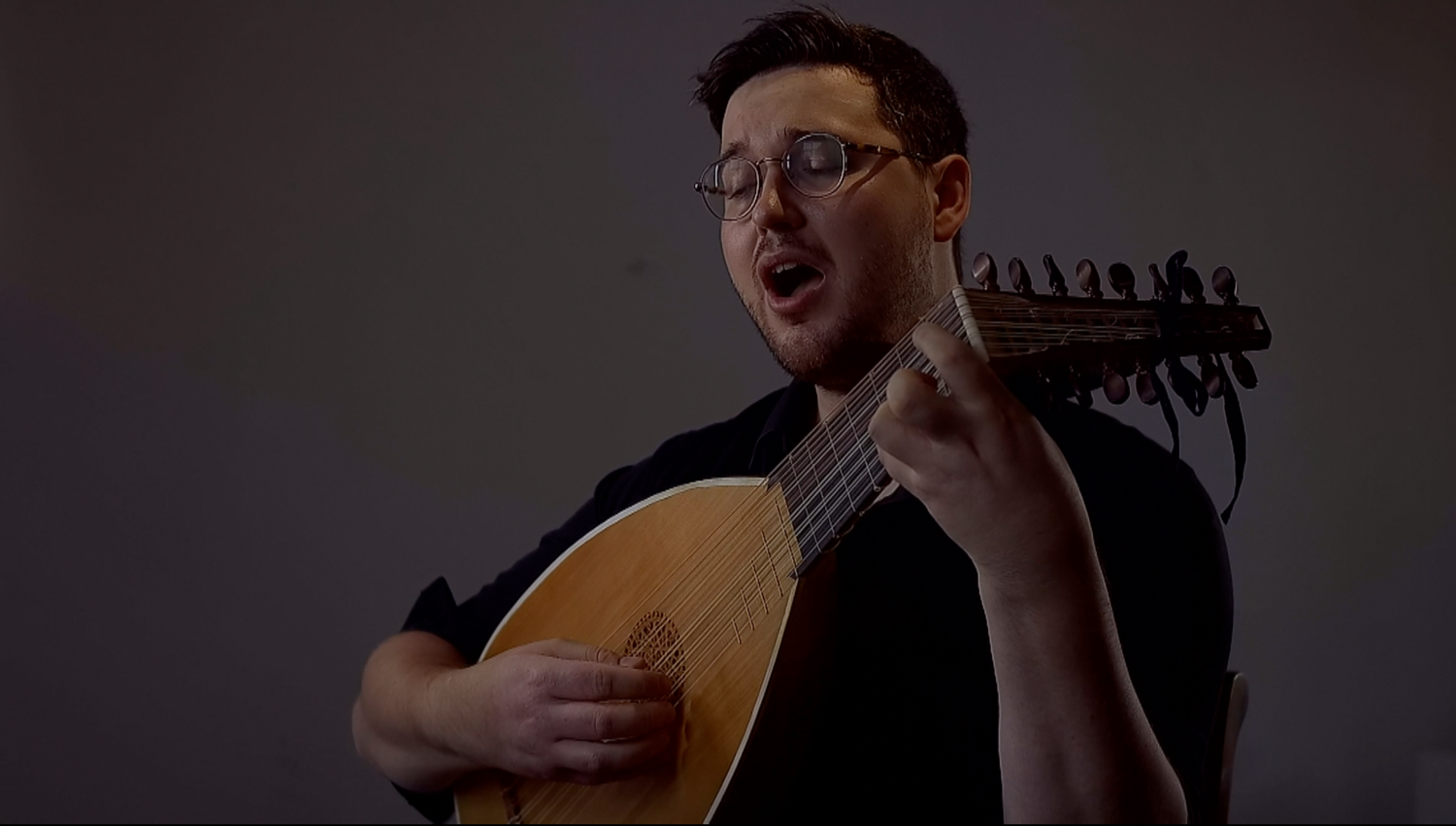A Fanciful Description of Palestrina Conducting his Missa Papae Marcelli from 1912
- Tim Braithwaite

- Aug 8, 2021
- 3 min read
‘How often may the master [Palestrina] himself have conducted it [the Missa Papae Marcelli] with sublime enthusiasm, full of the fire with which his melodies and harmonies were flooded! Oh, if only we could see him conducting, the brilliant man with the high forehead, with the flaming black eyes! How he stands there, cast from bronze! How he knows how to engage his choir, how to ignite it with the divine sparks that flash through his mass.
Now he raises his hand. The tenors begin with a pleading pianissimo: “Kyrie…” the trebles follow with the same note “Kyrie…”, then the first basses, then the altos…, one voice after another! How he holds back the development of power - in conducting as in composing! How beautifully he knows how to increase it - in conducting as in composing! How he encourages voice after voice, so that the harmonies develop, so that the melodies flow more rapidly, until they foam up! How he brings out a powerful forte where the harmony bulges widely, lading in the tonic in bar 9! He has his score in his head! His own own score! Not with the obligatory 6 [vocal] lines at a wide distance, these he doesn’t even know. Not with the unavoidable 4 C-clefs above the two bass-clefs! He has his own score. Scarcely in the version, clearly in the presentation: The generous architecture with the harmonious steam of a broad C-major cadence! The magnificent undercurrent with miniature cadences, beat after beat, up until the harmonic narrowing from bars 15 to 18. The sweeping 2 bars-long fixed subdominant in a heavy fortissimo at the end! To be sure, it is easy for the master who has the score so vividly in his head. But we, the students! Woe to the conductor who needs to chew through the obligatory six clefs with the mess of C clefs at the beginning! How many people who would like to grasp it, drop their hands in discouragement! How many people who would would like to taste their own Palestrina in a quiet little room at the spinnet, flee from the enigmatic, Sphinx-like figures of harmony which stare at him from the extensive score!‘
———————————————————————————————————————
‘Wie oft mag der Meister selbst sie dirigiert haven in hehrer Begeisterung, voll von dem Feuer, von dem seine Melodien, seine Harmonien durchflutet waren! O könnten wir ihn als Dirigenten schauen, den genialen Menschen mit der hohen Stirne, mit den flammenden schwarzen Augen! Wie er dasteht aus Erz gegossen! Wie er seinen Chor zu faszinieren, ihn mit dem göttlichen Funken zu zünden weiss, der seine Messe durchzuckt. Nun hebt er die Hand. In flehendem Pianissimo setzt der Tenor ein: Kyrie… der Diskant folgt auft dem gleichen Tone Kyrie…, dann Bass 1, dann der Alt…, eine Stimme nach der andern! Wie er mit der Kraftentwickelung zurückhält - im Dirigieren, wie im Komponieren! Wie er so schön zu steigern weiss - im Dirigieren, wie im Komponieren! Wie er Stimme auf Stimme anfeuert, dass die Harmonien erwachsen, dass die Melodien reissender fliessen, bis sie hoch aufschäumen! Wie er ein kräftiges Forte herausholt, da wo die Harmonie weit ausbauchend in der Grundtonart landet im 9. Takte!
Er hat seine Partitur im Kopfe! Seine eigene Partitur! Nicht mit den obligaten 6 Linien in weitem Abstande, die kennt er gar nicht. Nicht mit den unvermeidlichen 4 C-Schlüsseln übert den beiden Bassschlüseln! Er hat seine eigene Partitur. Knapp in der Fassung, übersichtlich in der Darstellung: die grosszügige Architektur mit der harmonischen Hauptströmung einer breiten C-dur-Kadenz! Die prächtige Unterströmung mit Miniaturkadenzen Schlag auf Schlag bis zur harmonischen Engführung vom 15.-18. Takte. Die weit ausholende 2 Takte lang festliegende Unterdominante in ff-Pesante am Schlusse!
Freilich der Meister tut sich leicht, der die Partitur so lebendig im Kopfe hat. Aber wir, die Schüler! Wehe dem Dirigenten, der sich durch die obligaten sechs Schlüssel hindurchbeissen muss mit dem Durcheinander von C-Schlüsseln an der Tête! Wie mancher, der gerne zugreifen möchte, lässt entmutigt die Hände sinken! Wie mancher, der seinen Palestrina im stillen Kämmerlein am Spinett verkosten möchte, ergreift entsetzt die Flucht vor den rätselhaften Sphinxgestalten von Harmonie, die ihn aus der weitschichtigen Partitur anglotzen!’
—————— —————— —————— —————— —————— ——————
*Notes*
Peter Griesbacher, Kirchenmusikalische Stilistik Und Formenlehre, vol. II Polyphonie (Regensburg: Coppenrath’s Verlag, 1912). 440-441. My translation.
Here’s a link to a beautiful performance from Griesbacher's edition of Palestrina’s Missa Papae Marcelli (Regensburg, A Copperath, 1911) recorded in 1962 by Theobald Schrems and the Regensburger Domchor:
The image below is the beautiful first page of Palestrina’s Missa Assumpta est Maria from Carl Proske’s Musica Divina, vol. 1 Liber Missarum (Regensburg: Friedrich Pustet, 1856). Alas, I couldn’t find an equally beautiful edition of the Missa Papae Marcelli which fit the context of this post - any suggestions welcome!





Comments